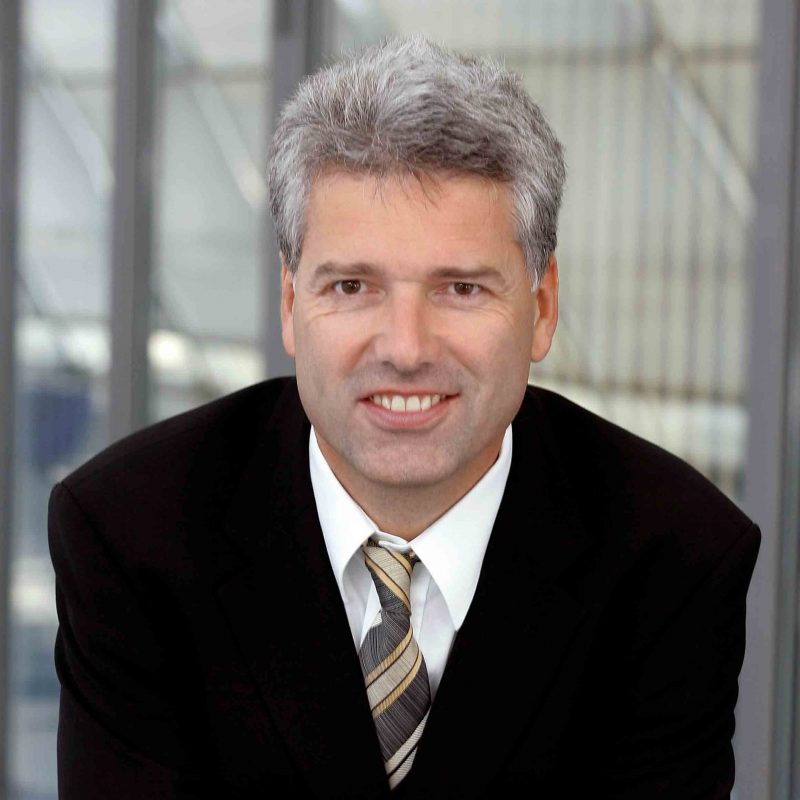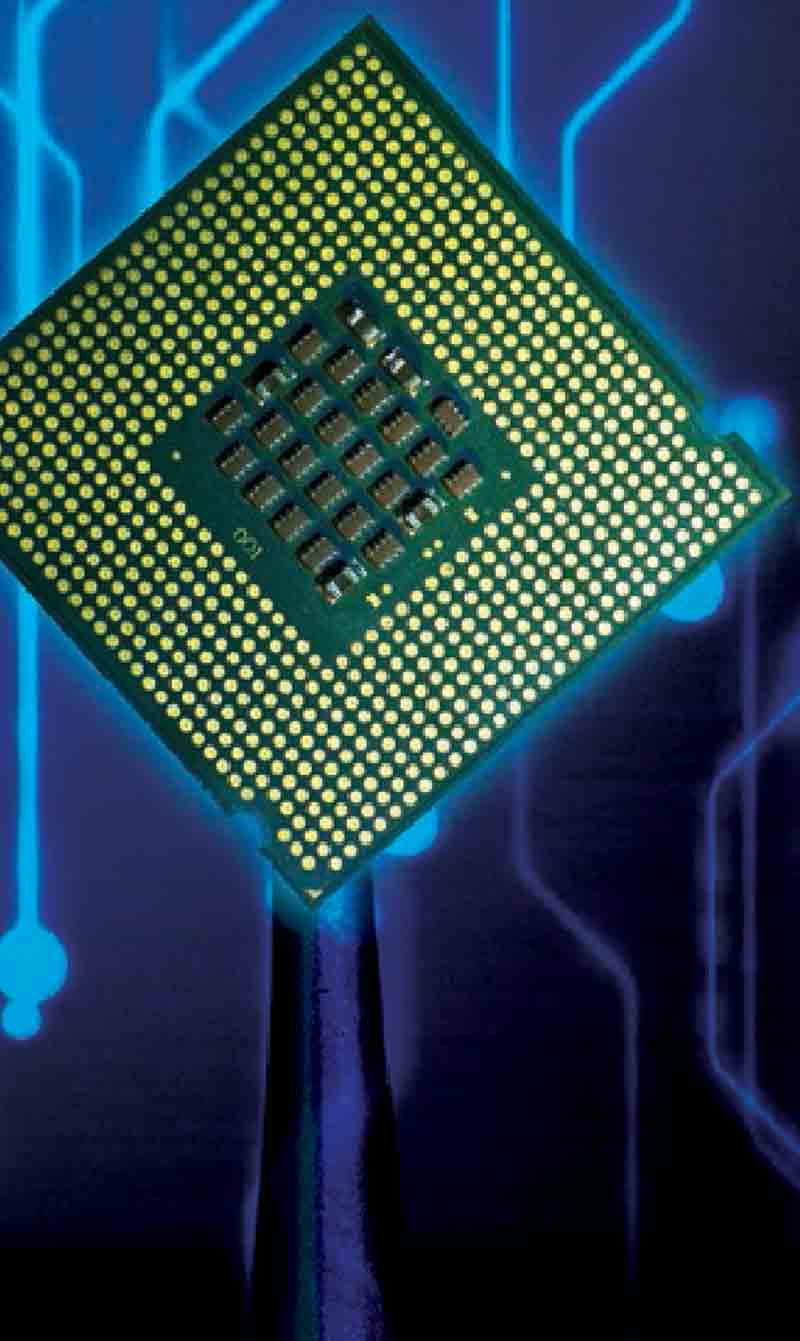IBM and Quantum Computing
One of three speakers for WIEF Global Discourse on Quantum Computing, Christian Raetzsch, an IBM Q Ambassador, simplifies quantum computing and tells us of its potential as well as the direction in which IBM’s heading with their research on this hot technology. Most of all, he advises what we should know about it.
Ahead of WIEF Global Discourse on Quantum Computing in Kuala Lumpur, we catch up with one of its three speakers, Christian Raetzsch the vice president and CTO, Client Technical Teams at IBM Systems, Asia Pacific. Christian, born in Austria and having been in IBM for the past three decades, is also an IBM Q Ambassador for IBM’s commercial program, the IBM Q Network. ‘In this role, I engage with businesses, academic institutions and other research labs to foster the growing quantum computing ecosystem, based on IBM’s open source quantum software and developer tools,’ he says.
Now, based in Singapore, the father of two grown children has worked in more than 50 countries for IBM, across Central and Eastern Europe, the Middle East, Africa and Latin America.

‘My family and I have lived in five countries, including Austria, Czech Republic, Germany, UAE, China, before Singapore,’ says Christian. Having met his wife while at university, he tells of how he’d always wanted to become a civil engineer. ‘I’d actually wanted an engineering degree with specialisation in hydro power plants. The little village in the beautiful Austrian mountains where I grew up, is why. I could never imagine working in an office all day. So, being outside working on some challenging engineering project was very appealing.’
However, IBM took both his life and career into totally different, albeit exciting, directions around the world. On 20 September 2018, Christian will be in Kuala Lumpur to speak on the business of quantum computing during the WIEF Foundation’s Global Discourse.
Before that, Christian first gets us up to speed on the topic.
First, let’s simplify quantum computing
‘Quantum Computing is about a completely new type of computer that works very differently,’ he begins and proceeds to simplify the concept of quantum computing. ‘First, it’s important to understand that all of today’s computers, from smartphones and tablets, to laptops and mainframes, all operate the same way – by translating information into long lists of 0’s and 1’s. Working with these 0’s and 1’s the computer finds results, and then translates the 0’s and 1’s back to what we see, pictures, numbers and email. These 0’s and 1’s are called “bits”.’
Quantum computers, according to Christian, operate in a completely different way. ‘It’s because they don’t use “bit”. Instead, quantum computers use “qbits”. Every qbit can hold much more information than a bit, as they can be any number of unique combinations of 0’s and 1’s. This means that each calculation by a quantum computer is much more powerful, compared to traditional computers,’ he explains. ‘Because of these unique capabilities, we think quantum computers will be able to do things that are impossible for today’s computers, things like developing new medicine.’
IBM and quantum computing
Christian explains that IBM has a long history in the development of quantum computing. ‘The “father of quantum information science”, IBM Fellow Charles Bennett, published research on the topic in the 1970’s. And IBM co-hosted with MIT (Massachusetts Institute of Technology) the first quantum physics conference in 1981, where Nobel laureate Richard Feynman famously proposed building computers based on the laws of quantum mechanics.’
According to Christian, IBM put the first universal superconducting quantum computer on the cloud in 2016. ‘Beginning with a 5-qubit device, and expanding to also offering a 16-qubit device, the free to the public IBM Q Experience, to date, has more than 95,000 users who have run in excess of 6 million experiments, and published more than 120 research papers based on experiments run on these systems,’ he adds.
IBM’s direction of their quantum computing experiment
‘In addition to the IBM Q Experience systems, IBM Q began also offering commercial access to 20-qubit systems in 2017, to which the IBM Q Network has access. These Fortune 500 companies, government labs, startups and academic institutions are working with us on use cases in diverse fields, such as materials design, and finance optimisation.
‘IBM Q continues to develop quantum computing hardware, and software. The open source Quantum Information Science Kit or Qiskit, makes quantum computers accessible to experts with a variety of scientific backgrounds, as well as teachers, and developers.
‘This is all done in an effort to broaden the knowledge of, and accessibility, to quantum computers. It’s how we’ll discover an application with a “quantum advantage” beyond what today’s computers can do, alone,’ says Christian.
What the layman should know about quantum computing
Christian advises us to know that quantum computers operate in a completely different and unique way, compared to today’s computers. Everyone, from businesses and universities, to individuals should get ‘quantum ready’ by learning about and experimenting with the IBM Q Experience. ‘Today’s approximate quantum computers can be used to learn, conduct research and tackle new problems, as shown in published research in chemistry and machine learning, for example.’
As quantum computers become more powerful, Christian believes, ‘They could provide breakthroughs in many disciplines, including materials and drug discovery, the optimisation of complex systems and artificial intelligence.’
However, Christian admits that we have a long way to go before universal, fault tolerant quantum computers will be built and available for use. ‘But we’re making progress with today’s approximate quantum computers that’ll lead to breakthroughs in the industries we’ve discussed. This is why today’s experiments done on the IBM Q Experience, using Qiskit, as well as the research done by IBM Q Network members, is so important. I’m looking forward to helping develop this ecosystem that’s working to discover practical applications with today’s quantum computer.’
At the WIEF Global Discourse on Quantum Computing in Kuala Lumpur
Christian, along with two other panel speakers – Joseph Fitzsimons who is an assistant professor at Singapore University of Technology and Design, and Professor Rajiah Simon who is a Science and Engineering Research Board (SERB) Distinguished Fellow from The Institute of Mathematical Sciences in India – will be moderated by Professor Lai Choy Heng, of National University of Singapore.
‘You can expect a short introduction why quantum computers will open doors that are firmly closed for any traditional computer that exists today, and will remain closed for even the fastest supercomputers we could ever build, using today’s computer designs,’ says Christian.
‘I’ll provide an overview how IBM Q and IBM Q Experience program have advanced, since IBM put the first universal superconducting quantum computer on the cloud more than two years ago. My overview will include an explanation of “Quantum Volume”, which is how IBM Research measures compute power of the different IBM quantum computers that already exist today and are also made available to IBM Q Network partners.’
These partners are organisations that are pioneers of quantum computing in a specific industry or academic field. ‘They work closely with IBM to explore potential applications of quantum computing in their industry or field,’ Christian says before concluding our interview.
On the day, Christian will also be playing a short video that shows the IBM Q experimental lab, and system that explains key elements of IBM Q computers.
___________________
The WIEF Global Discourse Series provides an opportunity to discuss and exchange new ideas on current issues relating to science and technology between experts, academicians, researchers, professionals, industrialists and students.





